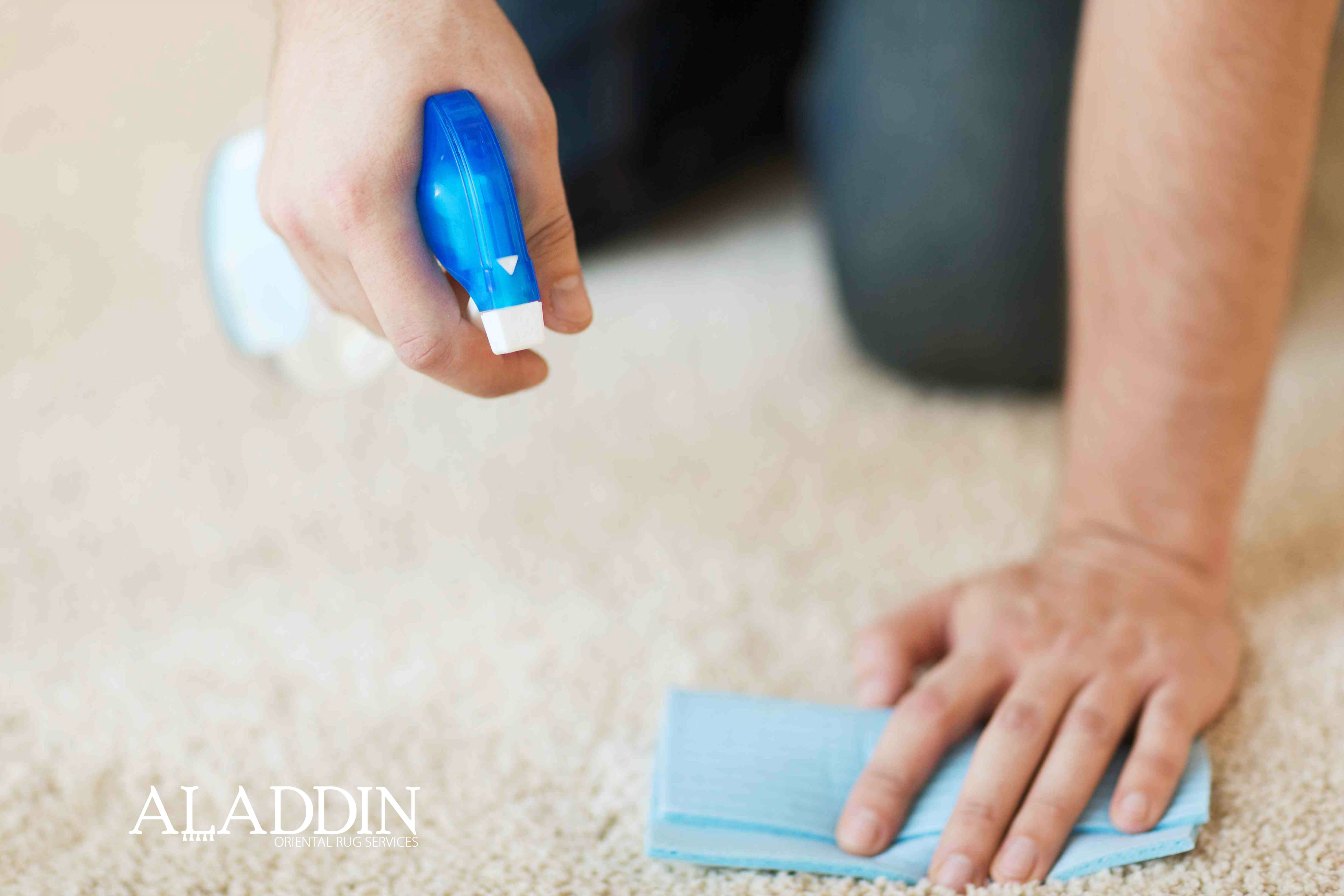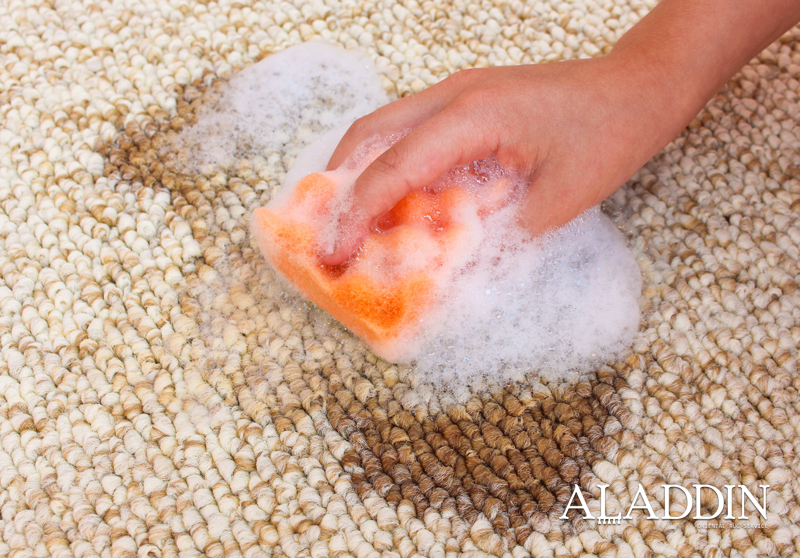
Many carpet owners understand that the severity of stains vary based on what kind of liquid caused the stain to start with. While dirt and mud can pose one problem, red wine or oil can be a whole different nightmare. Some kinds of stains can be removed with relative ease, while some other kinds of stains require quite a bit more effort, as well as some specialized cleaning tactics. Then there’s the worst kinds of stains – that really do require intervention from a carpet and rug cleaning professional. In this blog entry, I’ll review the 5 worst possible carpet stains – and how to deal with them.
Red Wine Stains
Even if red wine has been proven to contribute to heart health, it certainly won’t help your heart when your carpet becomes immersed in the red liquid. We recommend blotting up fresh wine spills to remove as much liquid as possible, and then using a clean cloth to dab away the stain with a cleaning solution made of a tablespoon of hand safe dishwashing liquid, a tablespoon of white vinegar, and two cups of warm water. Make sure to sponge off the carpet with water after using the solution to avoid making it smell like vinegar. If this stain is proving extremely tough, use a mixture of one part handwashing liquid, two parts hydrogen peroxide, and extreme elbow grease – just make sure to test it on a small area of the carpet first to make sure it doesn’t damage or bleach it – and always make sure to wipe it off with a slightly wet cloth after using it.
Pet Related Stains
If your pet follows the call of nature on your carpet or rug, soak up as much of the liquid with newspaper or towels as soon as possible, wash it with cold water, and let it dry. We recommend using a store-bought cleaner or odor neutralizer – however, some stains might require a bit more effort. Don’t use any stain removal tools that add any heat to the carpet, as heat will set the stain in place. If this strategy doesn’t work initially, then re wet the carpet, and spray it with an enzyme cleaner (you can find these at many pet stores) directly on the stain. Let the cleaner soak in overnight, then soak it all up with paper towels. If none of these work, consider using a wet vac.
Blood
We recommend dabbing blood stains with a solution made of two cups of cold water and a tablespoon of hand dishwashing soap. If this doesn’t work, dampen it with a teeny amount of hydrogen peroxide – of course, making sure that it doesn’t stain or bleach your carpet or rug. Leave the hydrogen peroxide on the stain for up to an hour, and dab at it with a cloth – try repeating this as many times as you can. If hydrogen peroxide doesn’t lift up the stain, contact a professional cleaner – the sooner you deal with a blood stain, the better, as it’s much easier to remove before it dries and sets in.
Long Lasting Stains
If you have a stain that’s remained on a carpet or rug since before you can remember, make sure to enlist the efforts of hydrogen peroxide based cleaning products – and if this doesn’t work, a professional wet vac cleaning service. We can’t promise that even these strategies will work on stains that have long established their home on carpets or rugs, but we can say that in these situations, hiring a professional cleaner is the best bet. The only other alternative is to place furniture on top of the stain to hide it.
Bleach
This is the worst possible stain. Put protective rubber gloves on, soak up the bleach stain with a cloth, and then use the cold water and dishwashing liquid solution to dab the stain up from the outside. Bleach will lighten the color of your carpet, so it needs to be diluted, removed, and soaked up as soon as possible if you want to avoid any long lasting damage. So if you see bleach spill on your carpet or rug, spring into action as soon as possible – otherwise, prepare to get used to an oddly colored blotch that you can always cover up with furniture.





